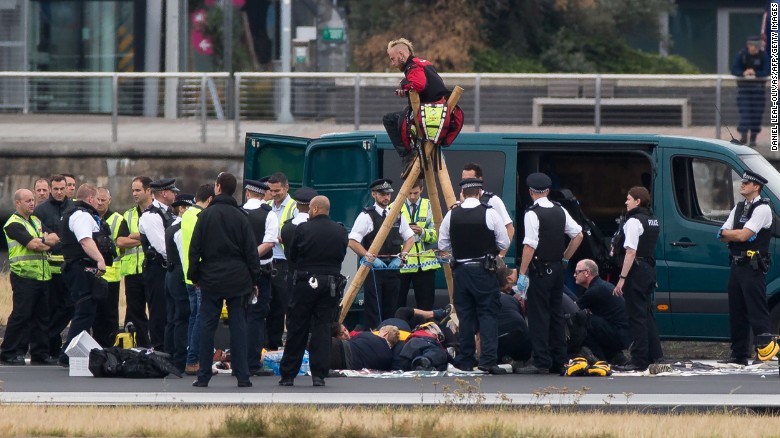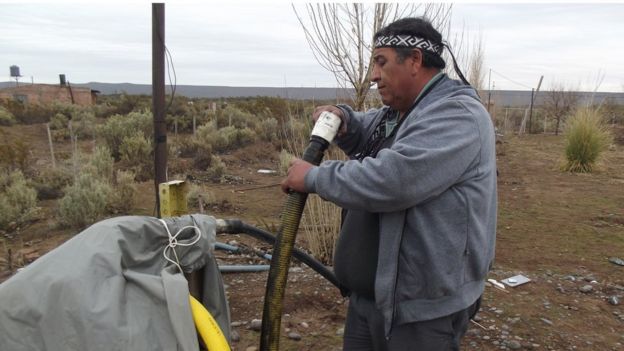R2P in Focus, No. 4

R2P in Focus
R2P in Focus is a monthly publication from the Global Centre for the Responsibility to Protect designed to highlight recent events and political developments concerning the Responsibility to Protect (R2P).
R2P in UN Resolutions

UN Photo/JC McIlwaine
Following the adoption of R2P at the UN World Summit in 2005, the inclusion of R2P and mass atrocity prevention language in UN Security Council and Human Rights Council resolutions represents the consensus among members of both Councils that indifference to mass atrocities is unacceptable.
To date 50 UN Security Council resolutions and 17 Human Rights Council resolutions have included direct references the responsibility of states to protect civilians from mass atrocity crimes and the responsibility of the international community to assist them in doing so. UN Security Council resolutions that reference R2P have addressed 11 country situations, including 10 resolutions on the crisis in South Sudan and 8 resolutions on the situation in the Central African Republic. Additionally, references to R2P can be found in resolutions on thematic issues, including the Protection of Civilians, Small Arms and Light Weapons and the Prevention of Genocide. UN Human Rights Council references include 13 resolutions on the situation in Syria as well as 2 thematic resolutions on the Prevention of Genocide.
Despite this progress, the international community still struggles to match words with deeds. While Security Council resolutions are binding under international law, state forces and some non-state actors in Syria, South Sudan, Yemen and elsewhere continue to commit atrocities and ignore international humanitarian and human rights law.
With the recent election of new non-permanent members to the UN Security Council for the 2017-2018 term and the anticipated selection of a new UN Secretary-General, member states must ensure that mass atrocity prevention remains a core priority of the UN. The UN must ensure the international community consistently upholds its collective responsibilities wherever and whenever populations are threatened by mass atrocity crimes.

UN General Assembly Informal Interactive Dialogue on R2P
On 17 August the UN Secretary-General, Ban Ki-moon, released his annual report on the Responsibility to Protect, entitled: Mobilizing collective action: The next decade of the responsibility to protect. The report highlights the progress made by the international community in upholding R2P, but argues that consistently protecting populations remains dependent upon the willingness of member states to live up to the commitment made at the UN World Summit in 2005.
The annual Informal Interactive Dialogue on R2P will be held in the UN General Assembly on 6 September, focusing on the recent report of the UN Secretary-General. The Global Centre strongly encourages member states to reiterate their support for R2P and the prevention of mass atrocities at this important event, including through signing on to important initiatives such as the ACT Group’s “Code of Conduct” for Security Council members, as well as the Kigali Principles for Protection of Civilians.
Any Other Business
- Straw poll for the next UN Secretary-General. On 5 August the UN Security Council held the second round of “straw polls” to signal their level of support for candidates to become the next UN Secretary-General. For the results, see thisgraphic by the World Federation of United Nations Associations. The next straw poll is scheduled to take place on 29 August.
- Opening of the 71st session of the UN General Assembly. On 13 September the 71st session of the UN General Assembly will commence. UN High-Level week will take place during 20-26 September. The Global Centre will be co-hosting and participating in many events throughout this important time.
Calendar Highlights
6 September 2016
UN General Assembly Informal Interactive Dialogue on R2P
13-30 September 2016
Human Rights Council 33rd Session
20-26 September 2016
UN High-Level Week
Connect with us







